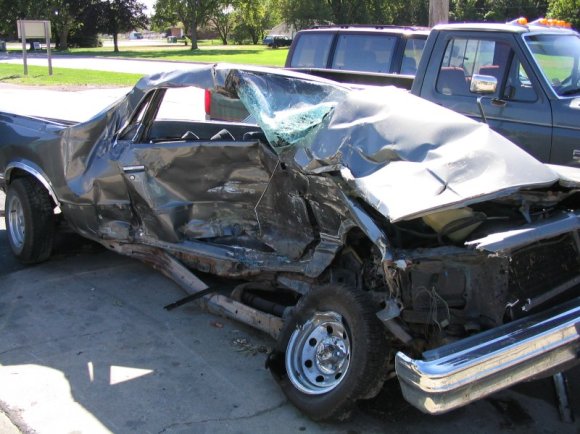Illinois politicians trying to score points by threatening to get rid of automated enforcement cameras is nothing new. It was an issue in the 2015 and 2019 Chicago mayoral elections. Recently legislators in Springfield have introduced bills for a statewide ban on red light cams.
The latest bill, which would repeal the 2006 state law allowing RLCs, is sponsored by Republican Rep. Grant Wehrli of Naperville. It comes amid a federal corruption probe of state Sen. Martin Sandoval, a Chicago Democrat who resigned as head of the Senate Transportation Committee last week. SafeSpeed, the red light concessionaire for several Chicago suburbs, is reportedly part of the investigation.
“I just think that this (has) gone too far down the path of corruption," Wehrli told NPR. "It's an unnecessary cash grab, and it's time to get rid of red-light cameras in Illinois."
Other state lawmakers who have recently introduced or supported legislation to ban the cams include Republican Rep. David McSweeney of Barrington Hills, and Democratic Reps. Rita Mayfield of Waukegan and Sam Yingling of Grayslake.
The right-wing Illinois Policy Institute recently estimated that Illinois municipalities took in $1 billion in revenue from red light cameras over the last decade. That's a number that's sure to inspire resentment from many drivers.
But while there's been a recent focus on the financial cost of red light cams to drivers, less attention has been paid in the media to the many lives that have likely been saved in Illinois by the technology. A Northwestern University Transportation Center study of Chicago's RLC program released in March 2017 found that the cameras have had significant safety benefits, resulting in a ten-percent drop in injury crashes. It also noted a “spillover effect” that is leading to less red light running at intersections that don’t have the cams.
Automated enforcement naysayers are quick to argue that RLCs have no safety benefits because other studies have shown that they increase the incidence of rear-end collisions with injuries. The Northwestern study found that rear-end crashes did increase by 14 percent at Chicago intersections where cameras were installed. However, thanks to crumple zones, injuries from these kind of collisions are usually relatively minor.
Meanwhile, the Northwestern report found that T-bone and/or turning crashes decreased by 19 percent at local RLC intersections. It noted that these kinds of collisions are far more likely to result in serious or fatal injuries, because cars provide much less protection from side impacts.
The experiences of places that have banned red light cams suggests that if Springfield legislators follow suit, many more Illinoisans will die in crashes. As reported by Streetsblog USA's Angie Schmitt, a significant increase in serious injuries and fatalities has been the rule in cities that have abolished automated enforcement.
A 2017 study by the Insurance Institute for Highway Safety looked at 19 cities that took down traffic cameras during the previous decade. Compared to peer cities that kept their cams, the rate of deadly crashes at intersections with stoplights was 16 percent higher in the cities that removed them.
For example, after Houston banned RLCs in 2010, fatal intersection crashes increased by 30 percent, and collisions rose 116 percent overall, according to data from Houston police.
If there has been corruption in some Illinois red light camera programs, it makes sense for the authorities to get to the bottom of it and make necessary reforms. But if state legislators cynically take advantage of the Sandoval scandal to win votes by banning RLCs, the above statistics indicate that they'll be responsible for countless deaths.





